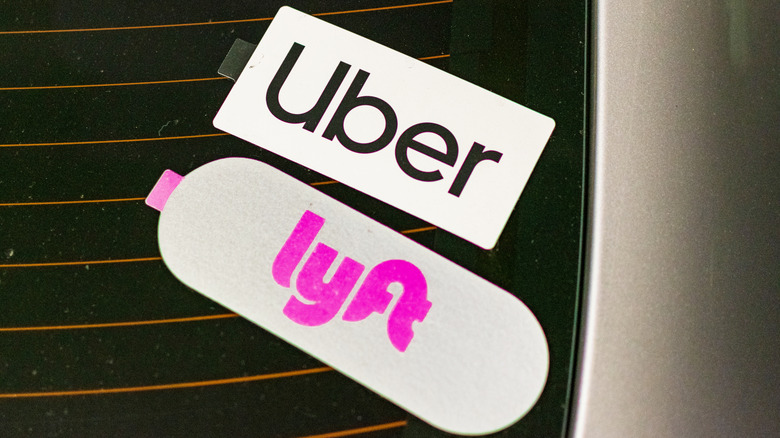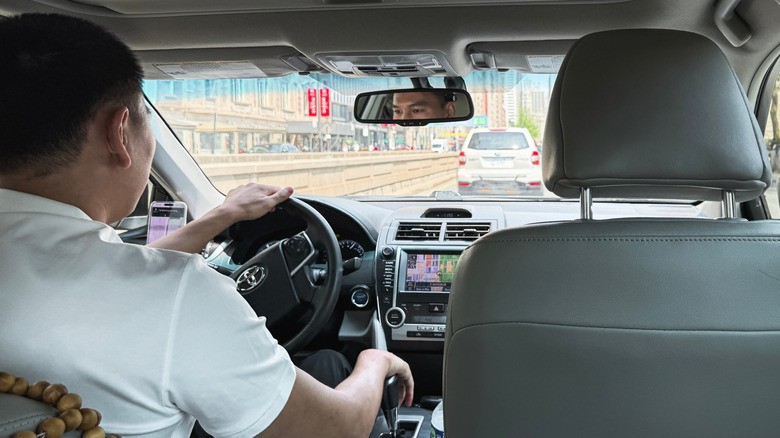Uber & Lyft Gain Union Rights In CA – Here's What That Could Mean For Other States
While Uber's driverless cars are transforming transport, many Uber drivers, and Lyft drivers, are looking for representation on the job. Unions can now give these drivers a voice in how they're treated in California, thanks to a new law signed by Governor Gavin Newsom. The decision, which gives drivers the right to unionize, was signed in early October 2025. This means drivers will now negotiate wages, as well as benefits, while keeping their independent contractor classification. California is just the latest state to tackle the issue of union rights for rideshare drivers, but it likely won't be the last.
In fact, this decision could spark progress in other states like Illinois, where a drivers' coalition has already secured Uber's support for unionization. Plus, there's precedent for drivers unions in other states as well. Massachusetts voters approved a measure, similar to California, in 2024. Minnesota passed a law setting minimum pay and protections for rideshare drivers that same year. Colorado has also passed a law regarding Uber and Lyft, requiring both companies to be more transparent with its drivers.
The California law came after months of negotiations between state officials, Uber, Lyft, and labor groups. While some believe the new measure doesn't do enough, just the ability to organize is something that drivers have wanted for a long time. For similar laws to be passed in other states, it will take the same level of cooperation between all parties involved, so drivers can have the protections they've been asking for.
Unfair practices in the rideshare industry
Rideshare companies have come under fire for the unfair treatment of drivers many times over the years. In 2014, Uber faced criticism for terminating drivers with no warning, or clear explanation. Since company policy wasn't explicitly communicated, drivers were forced to go through shared forums to understand what was happening. Even Uber's practice of labeling drivers as independent contractors was problematic, since they were indeed being released without proper cause.
Lyft faced its own backlash in 2018, when the city of New York, where taxis may or may not be cheaper than Uber, passed local laws to ensure minimum wage protections for drivers. This came after years of the company encouraging drivers to work upwards of 50 hours per week. Not long after New York's ruling, Lyft began restricting app access to many drivers, claiming they weren't meeting certain tip thresholds. As a result of this, Lyft was hit with a class action lawsuit in 2020.
Uber and Lyft have also come under scrutiny for its business practices. While a Waymo ride might cost you more by comparison, Uber's fares rose about 83% between 2018 and 2022. Lyft increased its fares by around 50% in the same time frame. Though there was a call from the U.S. government for more transparency from both companies, it's clear that drivers are caught in the middle. The pressure to meet demand without clear guidance or protections could be more challenging for drivers than ever before.

